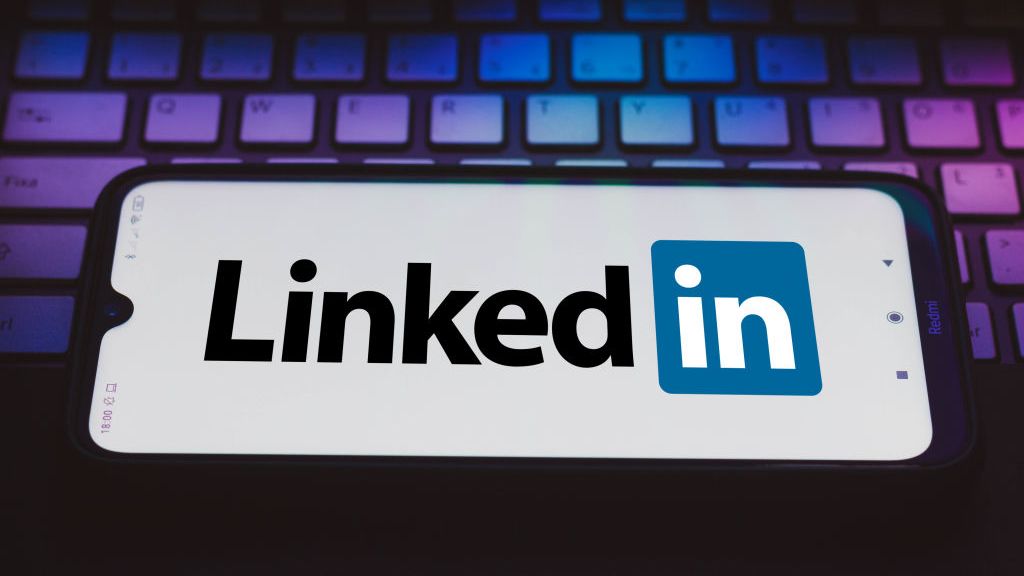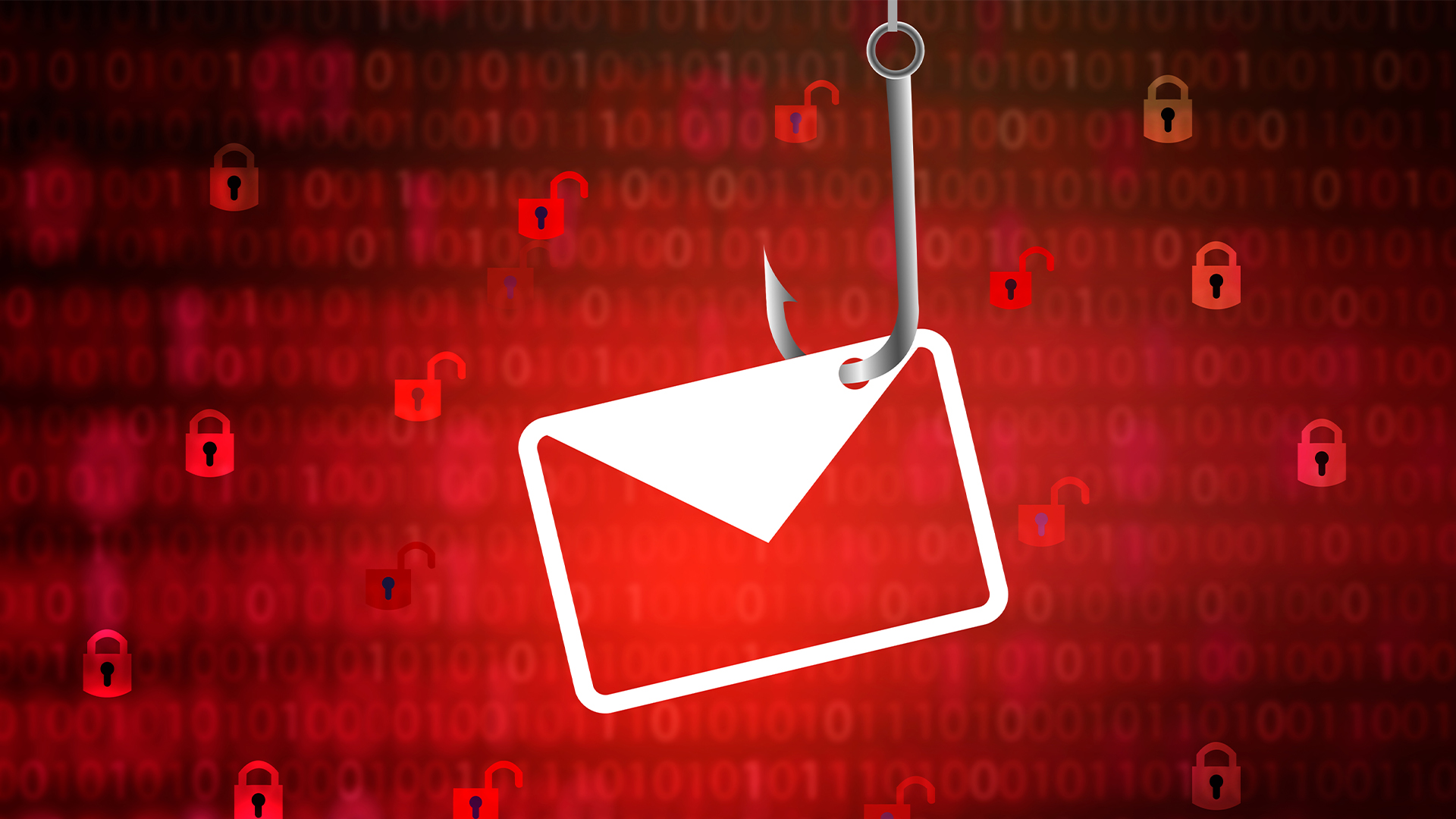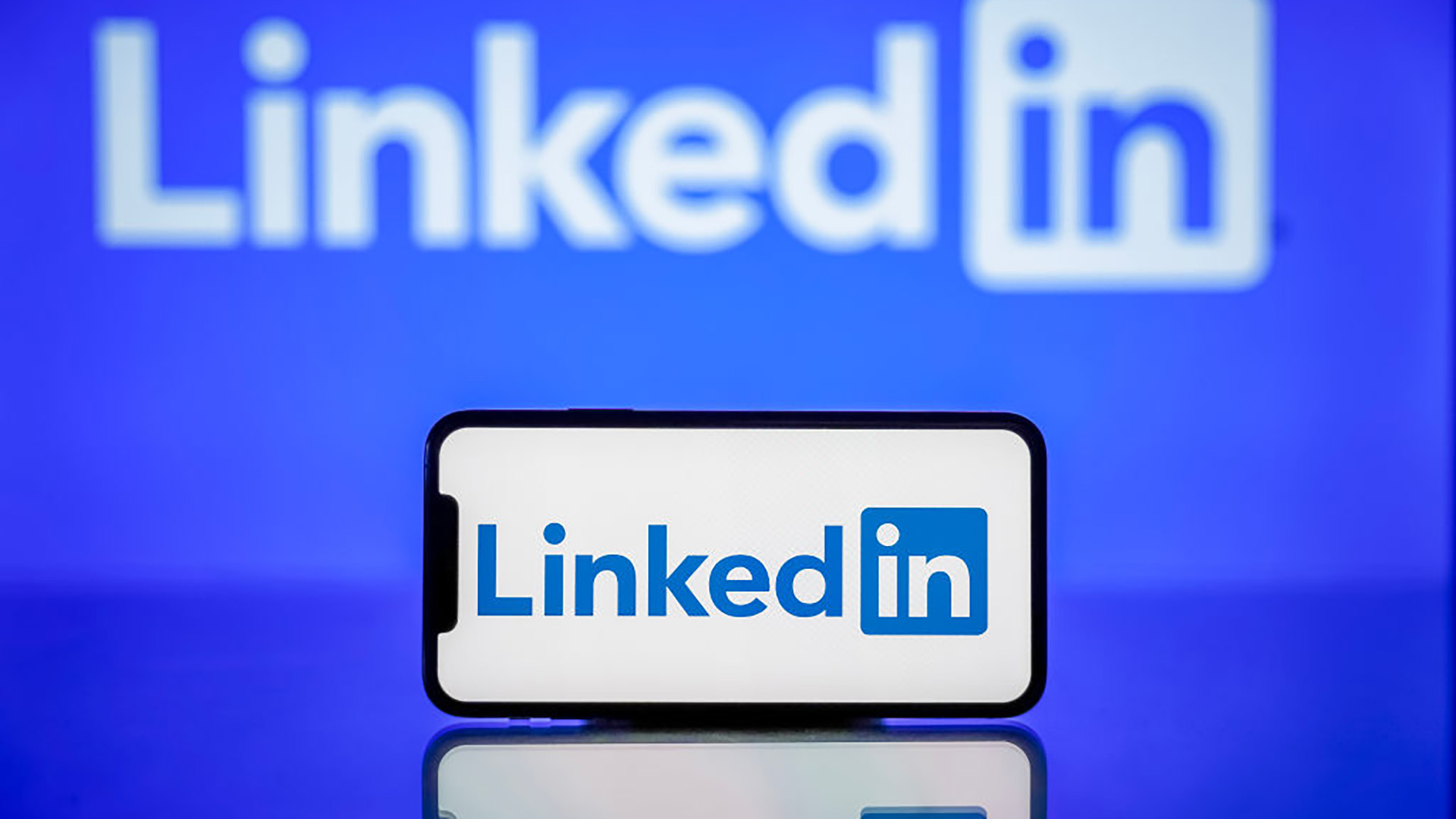LinkedIn phishing attacks have surged 232% since start of February
Hackers are tricking users into clicking on fake LinkedIn alerts in an effort to steal login information


Email phishing attacks that use the LinkedIn brand have increased by 232% since 1 February, 2022, research has revealed.
The attacks tend to use display name spoofing and stylised HTML templates to socially engineer victims into clicking on phishing links and then entering their credentials into fraudulent websites, according to cyber security firm Egress.
The emails use targeted subject lines associated with LinkedIn, including “You appeared in 4 searches this week” or “You have 1 new message”. The emails contain the LinkedIn logo and brand colours, as well as using other well-known organisation names, like American Express, to make the attacks more convincing.
When clicked, the phishing links send the victim to a website that harvests their LinkedIn log-in credentials, according to the research.
Current employment trends are making these kinds of attacks more convincing, with the research citing how “The Great Resignation” continues to dominate headlines as a record number of US citizens left their jobs in 2021 for new opportunities.
“It is likely these phishing attacks aim to capitalise on jobseekers (plus curious individuals) by flattering them into believing their profile is being viewed and their experience is relevant to household brands,” Egress stated in its report.
Although the display name is always LinkedIn and the emails follow a similar pattern, they are sent from different webmail addresses.
Get the ITPro daily newsletter
Sign up today and you will receive a free copy of our Future Focus 2025 report - the leading guidance on AI, cybersecurity and other IT challenges as per 700+ senior executives
The security company said that it’s unknown whether these attacks are the work of one cyber criminal or a gang operating together. However, most targets are companies in North America and the UK, operating across a variety of industries.
Egress advised that individuals should take extreme caution when reading notification emails that request them to click on a hyperlink, especially on mobile devices. It recommends hovering over links before clicking on them to ensure they are going to a trusted source, and going directly to LinkedIn to check for messages and updates.
Last month, DHL overtook Microsoft as the most frequently mimicked brand for phishing attacks, accounting for 23% of all phishing attempts. Microsoft accounted for only 20% of all attempts, down from 29% the previous quarter. LinkedIn came fifth in the rankings, accounting for 8% of all phishing attempts.
Zach Marzouk is a former ITPro, CloudPro, and ChannelPro staff writer, covering topics like security, privacy, worker rights, and startups, primarily in the Asia Pacific and the US regions. Zach joined ITPro in 2017 where he was introduced to the world of B2B technology as a junior staff writer, before he returned to Argentina in 2018, working in communications and as a copywriter. In 2021, he made his way back to ITPro as a staff writer during the pandemic, before joining the world of freelance in 2022.
-
 Bigger salaries, more burnout: Is the CISO role in crisis?
Bigger salaries, more burnout: Is the CISO role in crisis?In-depth CISOs are more stressed than ever before – but why is this and what can be done?
By Kate O'Flaherty Published
-
 Cheap cyber crime kits can be bought on the dark web for less than $25
Cheap cyber crime kits can be bought on the dark web for less than $25News Research from NordVPN shows phishing kits are now widely available on the dark web and via messaging apps like Telegram, and are often selling for less than $25.
By Emma Woollacott Published
-
 Have I Been Pwned owner Troy Hunt’s mailing list compromised in phishing attack
Have I Been Pwned owner Troy Hunt’s mailing list compromised in phishing attackTroy Hunt, the security blogger behind data-breach site Have I Been Pwned, has fallen victim to a phishing attack targeting his email subscriber list.
By Jane McCallion Published
-
 LinkedIn has become a prime hunting ground for cyber criminals – here’s what you need to know
LinkedIn has become a prime hunting ground for cyber criminals – here’s what you need to knowNews Cyber criminals are flocking to LinkedIn to conduct social engineering campaigns, research shows.
By Solomon Klappholz Published
-
 Phishing campaign targets developers with fake CrowdStrike job offers
Phishing campaign targets developers with fake CrowdStrike job offersNews Victims are drawn in with the promise of an interview for a junior developer role at CrowdStrike
By Solomon Klappholz Published
-
 Iranian hackers targeted nuclear expert, ported Windows infection chain to Mac in a week
Iranian hackers targeted nuclear expert, ported Windows infection chain to Mac in a weekNews Fresh research demonstrates the sophistication and capability of state-sponsored threat actors to compromise diverse targets
By Richard Speed Published
-
 Malware being pushed to businesses by search engines remains a pervasive threat
Malware being pushed to businesses by search engines remains a pervasive threatNews High-profile malvertising campaigns in recent months have surged
By Ross Kelly Published
-
 CISA: Phishing campaign targeting US federal agencies went undetected for months
CISA: Phishing campaign targeting US federal agencies went undetected for monthsNews Threat actors used legitimate remote access software to maliciously target federal employees
By Rory Bathgate Published
-
 Google Ads malvertising campaign prompts questions around Search security
Google Ads malvertising campaign prompts questions around Search securityNews A leading security researcher has called into question why Google still allows malware links to top search results
By Rory Bathgate Published
-
 Uber hacked via basic smishing attack
Uber hacked via basic smishing attackNews The self-taught hacker impersonated an IT worker to gain an Uber employee's password, obtaining broad access to internal systems and posting taunting messages
By Rory Bathgate Published